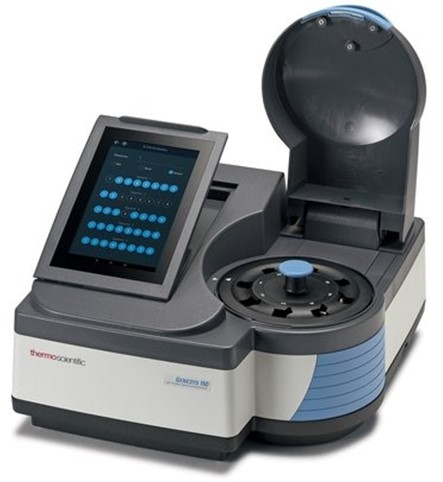A spectrometer serves as an instrument designed for measuring the variation of a physical characteristic within a specific range, commonly known as a spectrum. This can manifest as a mass-to-charge ratio spectrum in a mass spectrometer, fluctuations in nuclear resonant frequencies in a nuclear magnetic resonance (NMR) spectrometer, or alterations in the absorption and emission of light concerning wavelength in an optical spectrometer. Mass spectrometers, NMR spectrometers, and optical spectrometers stand out as the three most prevalent types found in research laboratories worldwide.
In essence, a spectrometer gauges the wavelength and frequency of light, facilitating the identification and analysis of atoms within a placed sample. In its most basic form, a spectrometer functions as a refined form of diffraction, resembling the way light behaves when interacting with the microscopic pits on a DVD or compact disk.
The process involves directing light from a heated source through a diffraction grating (similar to an artificial Fraunhofer line) and onto a mirror. As the emitted light from the source is distinctive to its atomic composition, the combination of diffraction and reflection disperses the wavelength, rendering it detectable and quantifiable.



